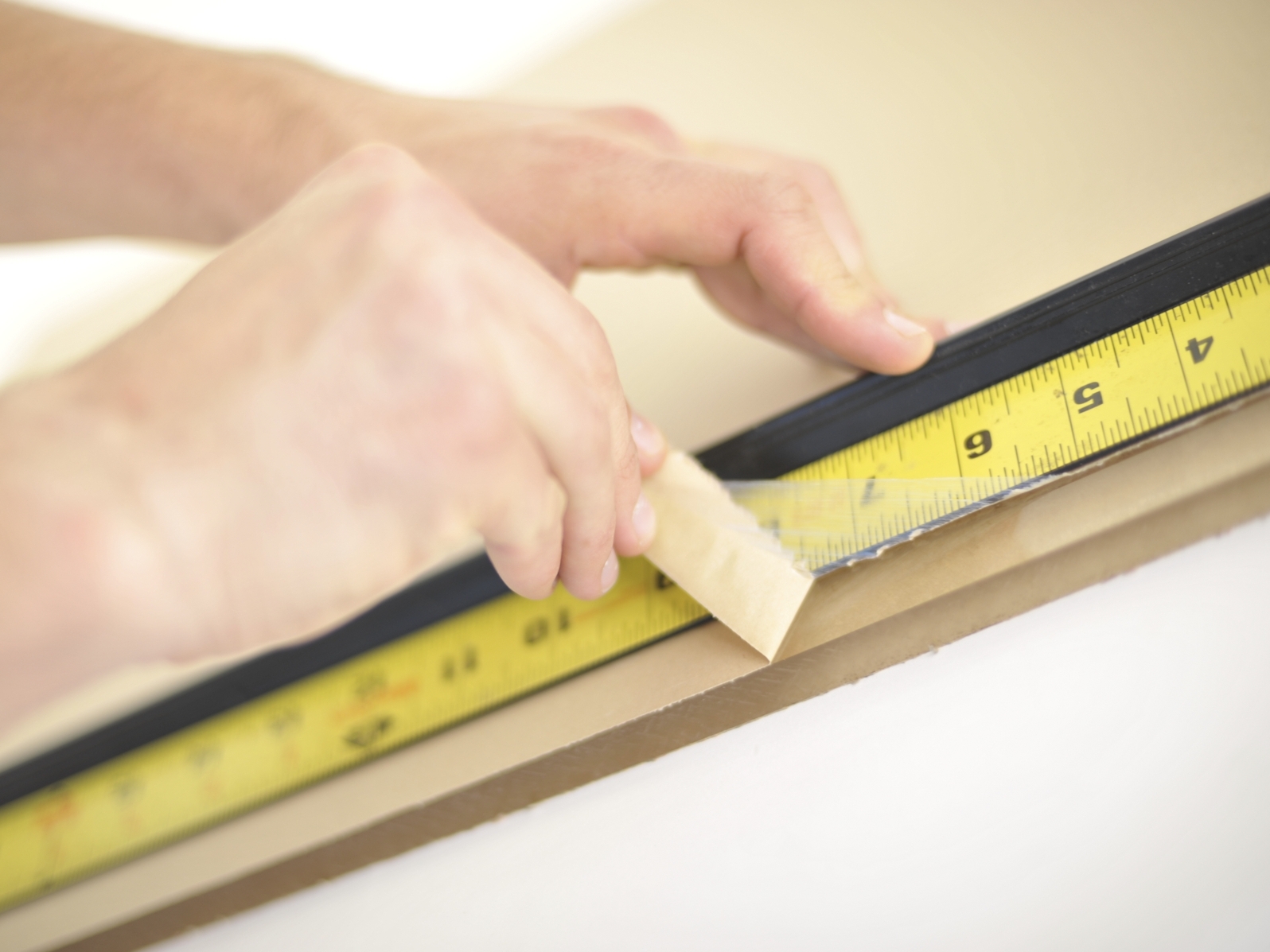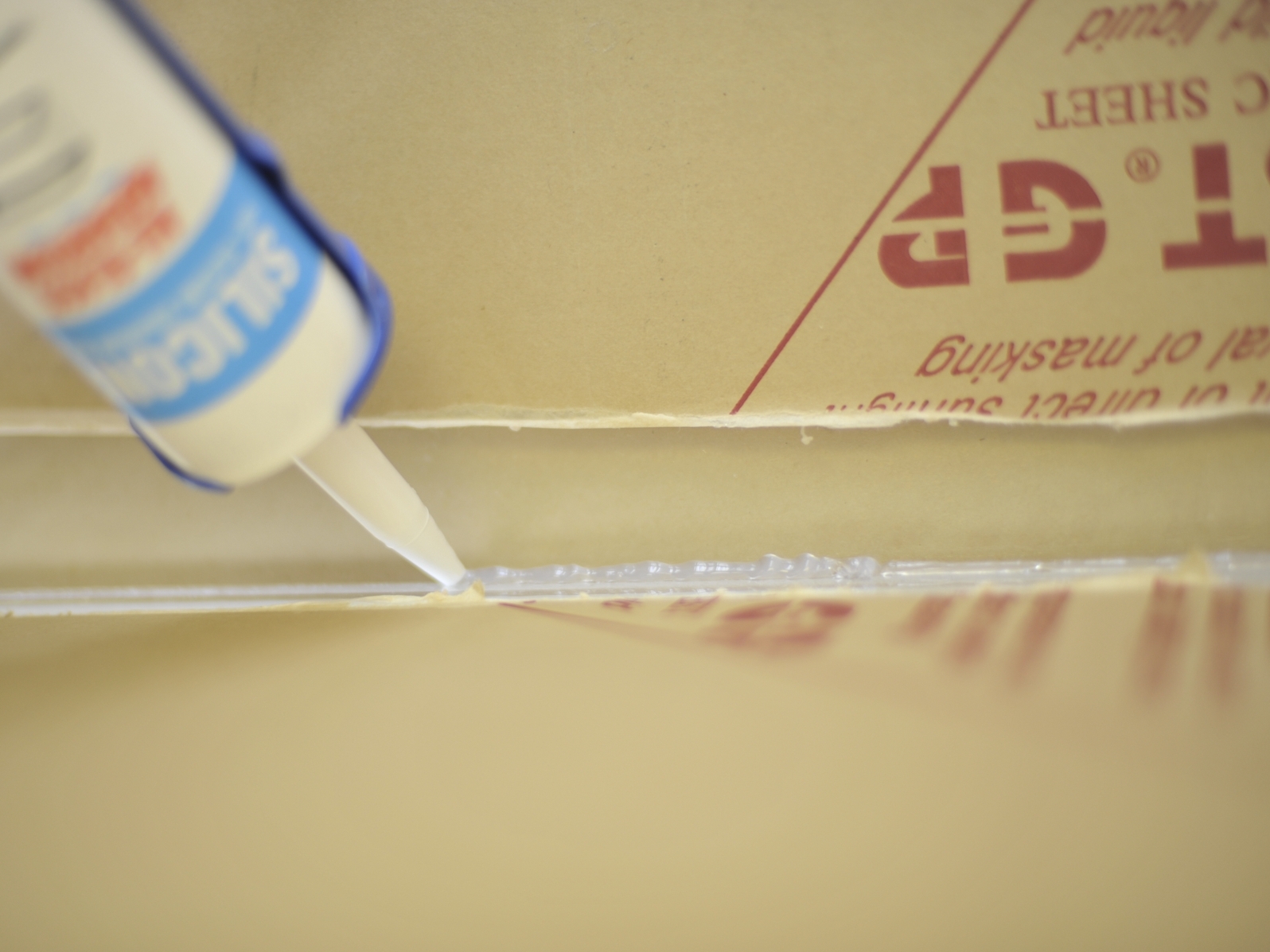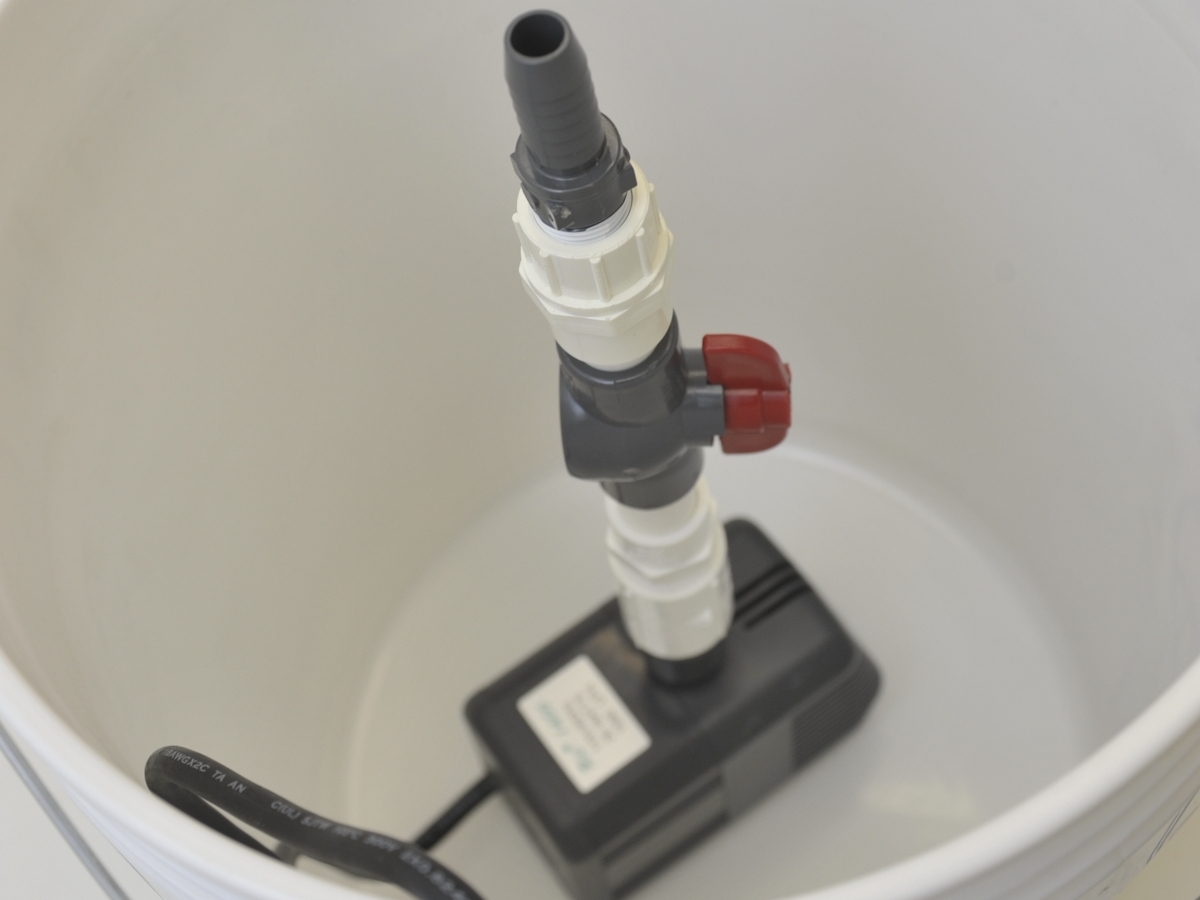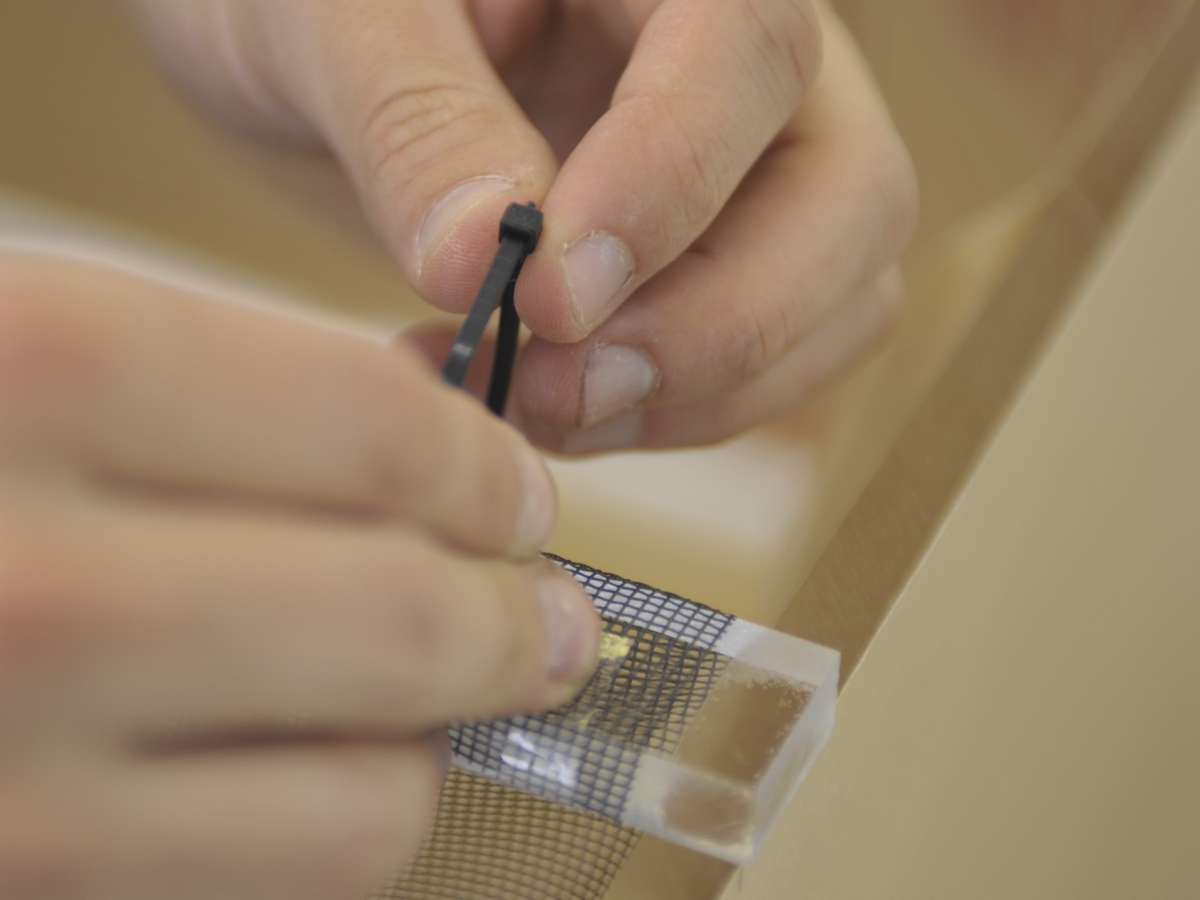I was always terrified of jellyfish as a kid. The thought of a slimy translucent blob just below the water’s surface that could deliver a painful sting kept me out of the ocean most of the summer. It wasn’t until years later when I collected a small jellyfish at the beach and observed it in an aquarium that I realized how stunningly beautiful they are. As it pulsed steadily and allowed its tentacles to flutter behind it, I was completely hypnotized. Soon, I decided to design and build an aquarium that could keep jellyfish alive and well. Convert a regular aquarium into a jellyfish habitat.
Jellyfish can’t live in a regular aquarium because they get sucked into the filtration pumps and liquefied. Using my extensive experience in building aquariums as part of my research projects at Duke and the University of Delaware, I developed a tank with a special water flow to keep jellies suspended in the middle of the tank. The jellyfish aquarium design described in this article has no dead spots for water flow, eliminates strong points of suction, and creates a laminar water flow pattern that sweeps the delicate jellyfish away from the edges of the tank.





























